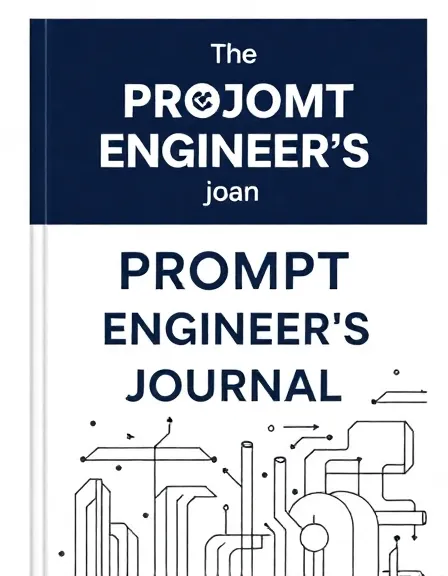pendem veera surya sasidhar
Biography
Aspiring Author
Reviews Summary
3.3
Rating Breakdown
3 total ratings
Aspiring Author
3.3
Rating Breakdown
3 total ratings
The first chapter did a decent job of introducing the concept of prompt engineering. It explained the basics like tokens and models clearly enough for a beginner. I found the explanation of tailoring prompts for different AI types quite helpful. The chapter felt a bit like a textbook introduction, which is fine but not super exciting. It definitely made me curious about the practical examples and exercises mentioned. I'm definitely interested in reading the rest to see if it lives up to its promise. This first chapter really drew me in to the idea of becoming a better AI communicator. It sets up the value proposition for the full book quite well.
This first chapter really drew me in, clearly outlining the necessity of prompt engineering. The way complex AI concepts are broken down into understandable pieces is commendable. I appreciate the author's approach in making this accessible to a broad audience, not just tech specialists. The explanation of tokens, parameters, and models provides a solid foundation for understanding AI interactions. The chapter effectively establishes the book's practical value and sets a clear path for learning. I'm definitely interested in reading the rest to see how these principles are applied in practice. The overview of setting up a workspace is particularly helpful for beginners. The opening sets up an intriguing premise for mastering AI communication. This guide seems poised to be a valuable resource for anyone engaging with AI. I'm eager to explore the nuances of tailoring prompts for different AI models.
This first chapter really drew me in with its clear explanation of prompt engineering. The breakdown of tokens, parameters, and models felt quite insightful for a beginner. I appreciate the practical advice on setting up a workspace, it feels very actionable. The author does a good job of framing prompt engineering as a universal skill. The explanation of how AI "reads" prompts was particularly interesting. I'm definitely interested in reading the rest of the journal to build on these foundations. The opening sets up an intriguing premise for mastering AI interaction. This preview makes me curious about the deeper dives into specific AI models. It seems like the full book offers a solid value proposition for practical AI learning. I'm eager to see the exercises and real-world examples promised.
